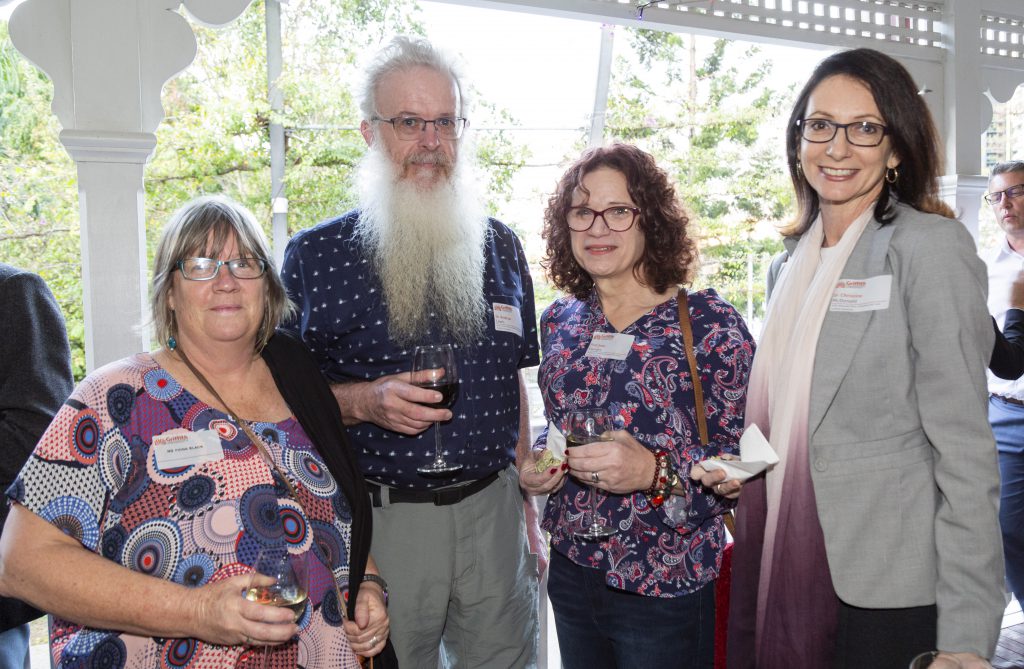The value of undertaking a university higher degree by research (HDR) program has been brought into sharp focus, with new data from Griffith University highlighting extremely positive employment outcomes.
Griffith has reconnected with more than a third of its PhD and research masters (HDR) graduates, who number about 4000 since the first cohort of students graduated in the late 1970s.
Key data, such as employment and earnings outcomes and career history, has been tabulated, with the information now available via an interactive website – the first of its kind in Australia.
Project co-lead Dr Sharon Saunders said most of the 1416 graduates surveyed found employment at one-year post-graduation (90 per cent), with the majority currently (85 per cent) in full-time positions.
“The employment outcomes were extremely positive and, interestingly, the data shows a significant proportion of graduates found work outside the traditional area of higher education,” Dr Saunders said.

Griffith HDR graduates at the 2018 reunion at South Bank.
The median salary of Griffith HDR graduates in their initial year of employment proved to be similar to, or higher than, the 2017 Australian national average, and considerably higher for those in current employment.
Senior Deputy Vice Chancellor (Research) Professor Ned Pankhurst said the collated data puts into clear context the value of an HDR education, and not just its worth in achieving career progression and satisfaction.
“Doing a PhD or postgraduate research does not solely provide a deeper understanding of a set discipline; it instills the ability to analyse complex issues and learn new ways of looking at problems – an essential skill in any workplace,” Professor Pankhurst said.
Professor Pankhurst said it was pleasing to see that graduates viewed an HDR pathway as being important and useful even if they were not working in their discipline areas.
“At Griffith, we design courses for employability and not just employment, with such an important part of this pathway being the instruction to people of how to think and how to operate effectively in a changing world.”
Joanne Nyland, Deputy Director, Development and Alumni (D&A) and co-lead for the project reflected on the success of the project by highlighting re-engagement with HDR alumni as an additional driver and key outcome.
“Griffith’s Development and Alumni team was able to engage with graduates and ask them to reflect on their university experience and subsequent careers.
“On the back of this reconnection, we have started to host an annual HDR graduate reunion,” Ms Nyland said.
The project website also features case study videos of Griffith alumni reflecting on their career journeys since graduation.
